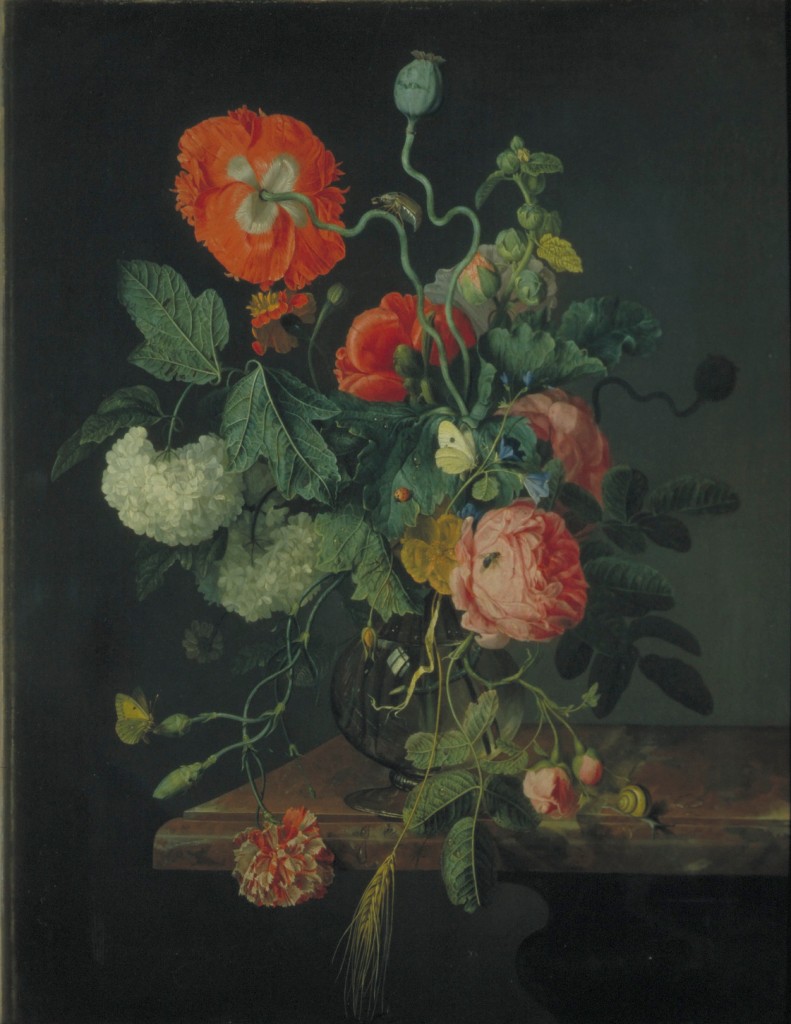Symbolism, Lilies

As I’m doing this piece by piece and there are thousands of classifications to get through, this blog may run from now until the end of time (or until my fingers become bloody stumps).
So, let’s start with some flowers from The Floral Offering: A Token of Affection as Esteem by Henrietta Dumont:
Lily: Majesty, innocence, purity, and resurrection. Often associated with the Virgin Mary and resurrection. Often used on women’s graves. The use of lilies at funerals symbolizes the restored innocence of the soul at death.
“The lily’s height and beauty speak command. The Jews imitated its form in the decorations of their first magnificent temple; and Christ described it as more splendid than King Solomon in his most gorgeous apparel. According to ancient mythology, there was originally but one species of Lily, and that was orangecoloured; and the white was produced by the following circumstance:—Jupiter, wishing to render Hercules immortal, prevailed on Juno to take a deep draught of nectar, which threw the queen into a profound sleep. Jupiter then placed the infant Hercules at her breast, so that the divine milk might ensure immortality. Hercules drew the milk faster than he could swallow it, and some drops fell to the earth, from which immediately sprang the White Lily.”
Marigold: Grief or despair.
“The Marigold is the conventional emblem of distress of mind. It is distinguished by many singular properties. It blossoms the whole year, and on that account, the Romans termed it the flower of the calends, ir of all the months. Its flowers are open only from nine in the morning till three in the afternoon. They always follow the course of the sun, by turning from east to west as he proceeds upon his daily journey. In July and August these flowers emit, during the night, small luminous sparks. Alone, the Marigold expresses grief; interwoven with other flowers, the varied events of life; the cloud and sunshine of ill and good.”






